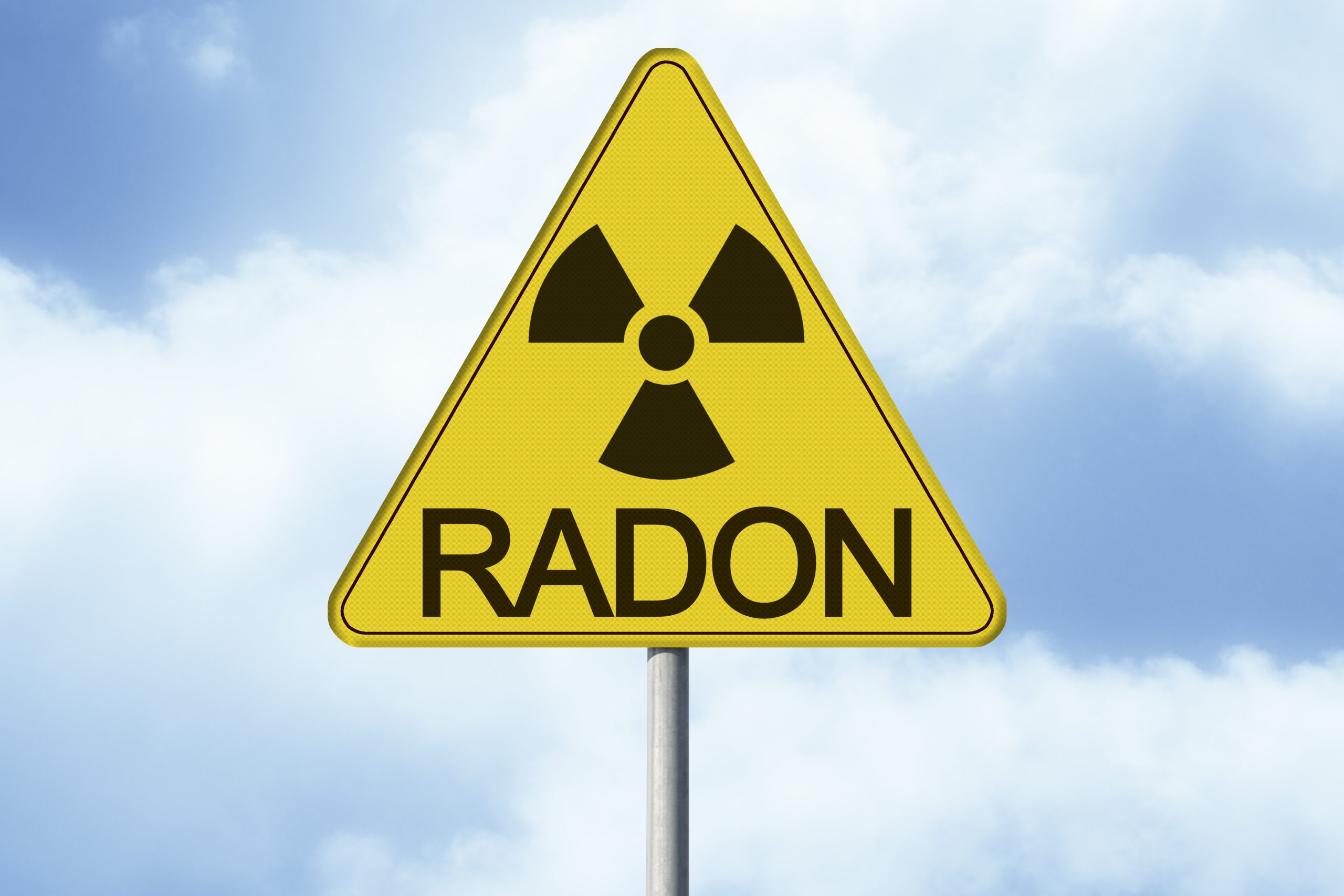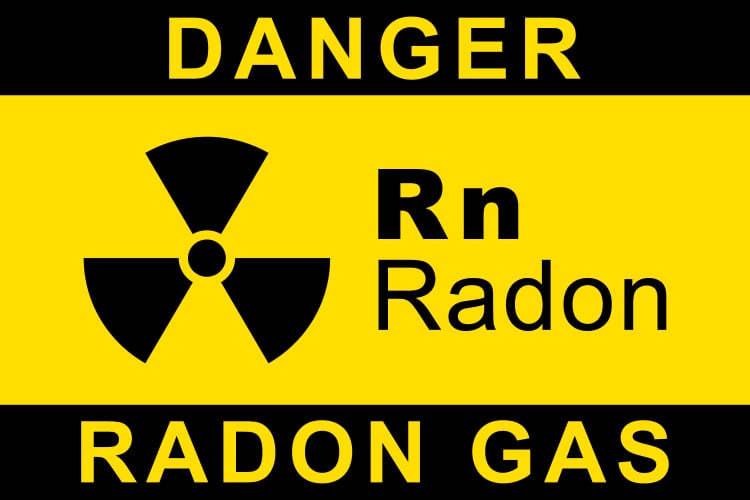When it comes to household safety, radon gas is one of the lesser-known but highly significant risks that lurk in many homes around the world. This colorless and odorless gas can pose serious health risks if it accumulates in high concentrations.
In this guide, we’ll delve into the nature of radon, exploring whether radon has a smell, the dangers it poses, how you can detect it, and the steps you can take to mitigate its effects in your home.
Table of Contents
Understanding Radon: Basics and Background
Radon is a radioactive gas that is naturally occurring as a decay product of uranium in the soil. Due to its gaseous state, radon can easily seep through cracks in buildings and accumulate in enclosed spaces such as basements and ground floors.
Its presence in homes has been linked to lung cancer, making it a significant health hazard.
Does Radon Have a Smell?
The short answer is no, radon does not have a smell. Radon is a completely odorless gas, which is part of what makes it so dangerous and difficult to detect without the proper equipment.
Its invisibility to the human senses means that homeowners must rely on other methods to detect its presence.
The Importance of Radon Detection
Given that radon is odorless, colorless, and otherwise undetectable by human senses, specialized radon detection methods are crucial. High radon levels in the home are not something to take lightly, as the gas is the second leading cause of lung cancer after smoking.
Detecting radon is the first step in mitigating its risk and protecting yourself and your family from its harmful effects.
How to Detect Radon
Radon detection typically involves the use of radon test kits, which can be either short-term or long-term.
Short-term detectors measure radon levels for two to seven days, while long-term tests determine the average concentration over a period of up to one year and are generally more accurate.
Professional Radon Testing
For a more comprehensive analysis, hiring a professional radon tester can be beneficial.
These experts have sophisticated equipment that can provide precise radon measurements, and they can offer advice on the next steps if high levels are detected.
DIY Radon Testing Kits
DIY kits are a more accessible option and can be found at most hardware stores.
These kits include a collector that the homeowner places on the lowest habitable floor of the house for a specified time before sending it to a lab for analysis.
Mitigating Radon: Practical Steps
If a radon test indicates high levels, several strategies can help mitigate radon, typically focusing on preventing radon entry and reducing existing radon levels in the home.
Sealing Cracks and Openings
Sealing floors and walls and improving the ventilation of your home can significantly reduce radon levels.
Techniques such as installing a radon sump system in the basement or a positive pressure or positive supply ventilation system can also be effective.
Professional Radon Mitigation Systems
Professional mitigation systems can be crucial in reducing high radon concentrations.
These systems can be tailored to your specific home architecture and radon entry points, offering a reliable solution to this invisible problem.
The Importance of Regular Testing
Radon levels can fluctuate, so regular testing is necessary to ensure that radon levels remain low.
It is generally recommended to test your home for radon at least once every two years, or more frequently if you’ve made structural changes to your home or live in an area known for high radon levels.
Conclusion
While radon is odorless and invisible, it is not undetectable and should not be ignored. By understanding how to detect and mitigate radon, homeowners can protect themselves from the serious health risks associated with this radioactive gas.
Awareness and proactive measures are key in ensuring indoor safety against radon.
FAQs
Can radon make you sick immediately?
No, radon exposure does not cause immediate sickness. Its effects are long-term, and prolonged exposure increases the risk of lung cancer.
How often should I test my home for radon?
It is recommended to test your home for radon at least once every two years. However, if you live in an area known for high radon levels or have previously found high radon concentrations in your home, more
frequent testing may be necessary.
What is the safe level of radon?
According to the EPA, the action level for radon in homes is 4 picocuries per liter (pCi/L) of air. If radon levels are at or above this threshold, it is recommended to take corrective measures to reduce levels.





